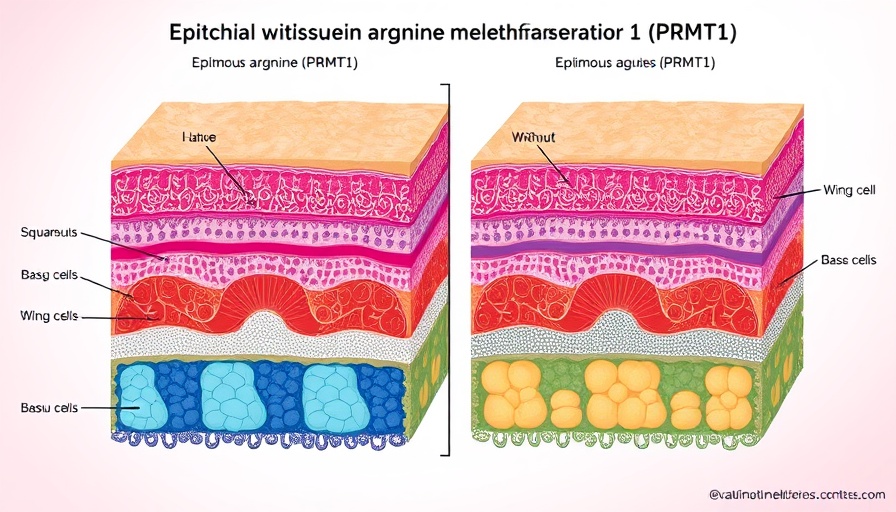
Unlocking Muscle Regeneration: The Role of TGFβRI Inhibitors
Skeletal muscle injuries are as common as bad puns at a dad joke convention. Whether caused by trauma, surgery, or those infamous weekend warrior activities, full muscle regeneration is often harder to achieve than finding a soulmate on a dating app. Enter transforming growth factor beta (TGFβ) signaling—a villain in the muscle healing adventure. Recent research sheds light on TGFβ receptor I inhibitors, revealing their potential to redefine our approach to muscle recovery.
Why Muscle Regeneration Matters
Think of muscle regeneration like a superhero's ability to heal. After injuries such as surgery or trauma, muscles initiate a healing process that involves inflammation, tissue formation, and remodeling, ideally leading to fully functional muscle tissue. However, with the pesky presence of fibrosis, this process can fall short, leaving muscles impaired. Crucially, enhancing our understanding of how to improve muscle recovery without hindrance can significantly elevate the quality of life for individuals requiring surgery—especially those facing congenital conditions like orofacial clefts.
A Dive into Research: Inhibitors Under the Microscope
The study's grand reveal pitted five TGFβRI inhibitors—galunisertib, SM16, AZ12799734, SB431542, and IN1130—against one another to see who came out on top in promoting myotube formation in vitro. Results showed a mixed bag of efficacy and toxicity, much like trying to choose the perfect avocado at the store. While SM16 and IN1130 performed admirably, galunisertib and AZ12799734 made their toxic presence known, ultimately raising questions about dosage and long-term usage.
The Fusion Index: Key to Understanding Myotube Formation
In the study, the researchers measured the "fusion index"—essentially how well myoblasts (muscle stem cells) came together to create myotubes. Their findings revealed that while some inhibitors stunted proliferation and fusion, others maintained cellular health without negative effects. Notably, galunisertib stood out as a contender for anti-fibrotic therapy for muscle regeneration. Imagine it as the trusty sidekick that helps you fight off the fibrosis bad guys while still allowing your heroic efforts of muscle rebuilding to thrive.
Broader Implications for Longevity and Healthspan Optimization
This research goes beyond muscle recovery; it intersects with the broader topics of cellular health, longevity, and anti-aging strategies. As we delve deeper into our quest for prolonged healthspan, understanding the pathways that guide cell regeneration becomes paramount. Individualized health strategies may emerge from this research, leading to targeted treatments for muscle injuries that could translate across various conditions—further enhancing our quality of life.
Integrating Findings into Personal Health Strategies
As we learn more about integrating findings from groundbreaking studies, the implications extend to everyday wellness strategies. Consider the importance of a balanced diet, regular exercise, and potentially incorporating supplements that enhance cellular health. With research indicating that optimal muscle health plays a pivotal role in overall wellness, focusing on these aspects can empower individuals in their health journeys.
Conclusion: Embrace the Future of Muscle Recovery
The exploration of TGFβRI inhibitors marks a significant step toward innovative treatments for muscle regeneration, with potential ramifications for longevity and health. For health-conscious individuals looking to optimize wellness and performance, staying updated on such research—and exploring personalized approaches to health—may unlock new avenues for enhancing life, one muscle fiber at a time.
So why not take a bold step into this future? Evaluate your current wellness strategies with a fresh perspective, and consider how you might incorporate new insights into your routine. Your muscles—and your overall health—will thank you!
 Add Row
Add Row  Add
Add 




Write A Comment